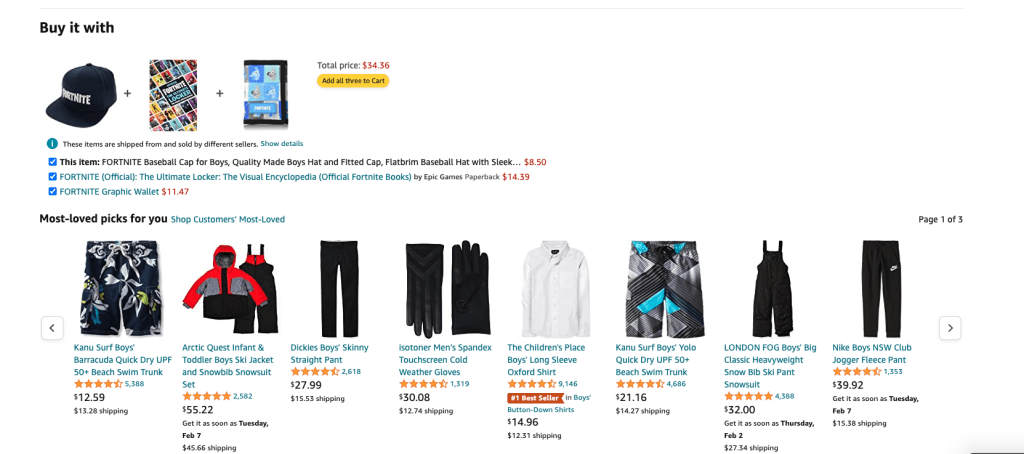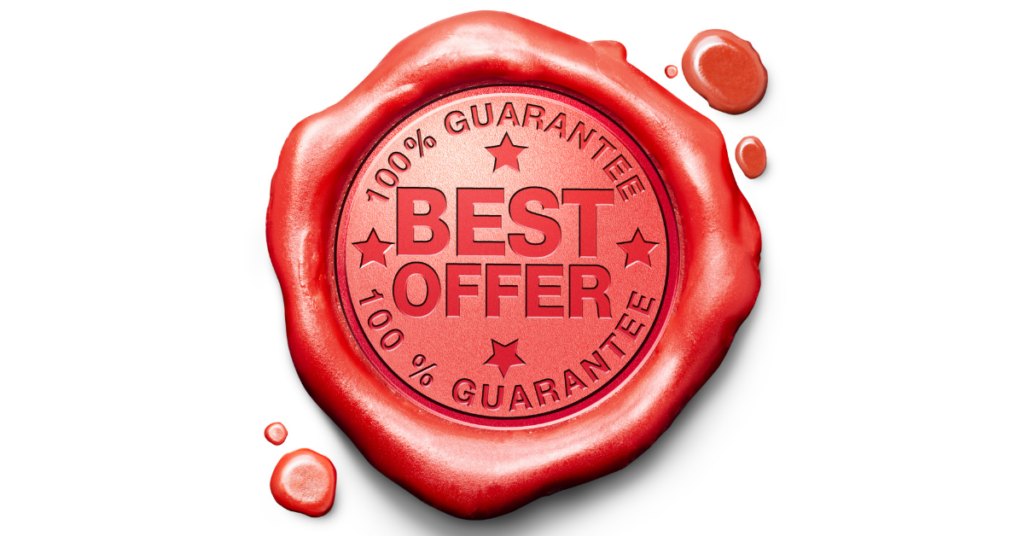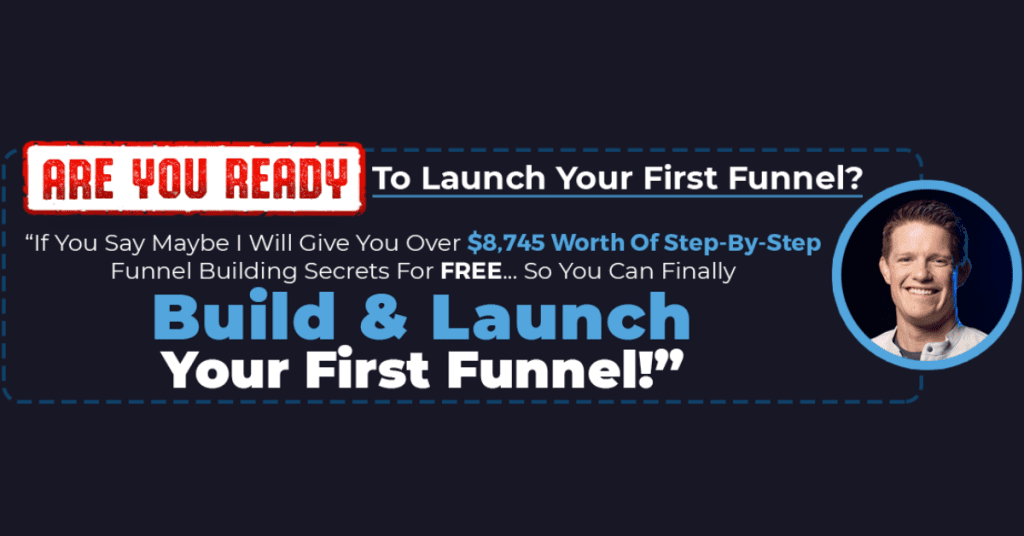As the eCommerce business had grown tremendously these few years, the cost of advertising your business is hugely increasing as well. The same campaign that is profitable a few years back might not be profitable anymore now. Also, the cost per acquisition for each customer also increased. Hence, those who are selling low-ticket products, need to have a different sales process to break even and make more sales.
One of the metrics that we used to measure profitability is the ACV. Average Cart Value. Since the cost of getting a client is increasing, it is very important to be able to sell more products to them. The same is happening everywhere you go. No matter is it an online or offline business, it is certain to cross-sell and upsell in the sales process.
Case Study of Cross-sell and Upsell For Your Sales Process
One of the most common examples of this is McDonald\’s. You can buy an ala carte burger. But in most cases, they will cross-sell you with drinks and fries to make it a set meal. And then, upsell you from a regular to a large set of meals. Not only that, If you are using the ordering kiosk when you click the checkout button, there will be additional recommendations for products like dessert or coffee that complement what you just ordered. While most customers might not choose the addons, why not leave them there for those who are interested?
This is a very typical case of cross-selling and upselling. Instead of buying a burger only, which is most probably losing money for Mcdonald\’s, they turn a profit by cross-selling and upselling to cover the cost to acquire this customer. Now, let’s move to the grocery shop or supermarket. What you see at the checkout counter. A small chiller for soft drinks, candy bars, and chocolate bars. You see, those items will not be some expensive or big products that they put at the checkout counter. It needs to be something small and a no-brainer for someone to grab it into their trolley and make payment.
These are all some real-life cases of how to increase sales and boost your income.
When to Offer Cross-sell & Upsell in Your Sales Process
While cross-sell and upsell are important to increase sales, there is a mechanism behind that determines what you should offer. By default, what you cross-sell and upsell should be something that is complementary to your main products. Just like a burger with fries and drinks. You don’t sell a supplement and then upsell to a gym membership. Instead, you can be selling a shaver, and upsell to a monthly subscription that you will send them a new shaver every month.
The concept of bundling the offer is the most important in determining how many people will walk through your entire sales process and buy most things. You need to offer the right product at the right time. You don’t cross-sell and upsell in your email. Why cross-sell and upsell work is because people are under the hype of buying spree. Anything you present to them, they will be interested to buy. My sales process for these people is as below:
- 2 steps sales page
- OTO page
- Upsell/down sell page
- Offer wall or product catalogues
Design Your Cross-Sell & Upsell Sales Process with Sales Funnel
Now, I would like to share with you how to build your online sales funnel easily. A sales funnel is a series of pages that guide your visitor’s step by step to make simple decisions, and make purchases. This is similar to an offline store where you are greeted by the salesperson when you enter. They will introduce you to their main products and explain other products for you to buy more and at the end, they might offer you a membership so you can come again next time.
The same thing to the online sales funnel. The tripwire sales funnel is what we will be using for this. Depends on how many products you have on your value ladder. You can have the sales page as the front end of the funnel and collect their email address for future follow-up.
Here are 10 Different Strategies You Can Implement In Your Sales Process
1. Order Bumps
An order bump is a bundling strategy to offer more items during the checkout process — usually, right before the customer finishes their order. It should be something that does not need much consideration to make the purchase. And the purchase method is simple.

By just checking the box, customers can add the item to their cart and charge it together with other products. It will be a seamless hassle-free purchase experience where they don’t need to take extra steps to be charged.
That’s why we think just about every checkout process should contain at least one order bump — it’s non-invasive and it doesn’t bother people from finishing their original purchase. But it gives you a chance to offer more products to your customers in the same order.
2. One-Time Offers
This offer as to how it names, One-time offers. You want to make sure the client clearly understands that the offer is valid for once and when it\’s gone, they will never get the offer again. This will increase the urgency and scarcity for them to take the offer. This is because, if they don’t claim the offer now, the offer will be gone forever.
Below is how the entire funnel looks. You start with the 2-step sales page, and when they make a purchase, immediately you offer them a one-time offer. And you see here, the decision is just yes or no. Nothing complicated.
The one-time offer can be something more expensive or cheaper than the first product or service that the customer is purchasing. Have your creativity and test it out. Do remember one thing. The one-time offer should be a better deal than the first one and irresistible so they will take it. For example, if you are selling a supplement on the first page, in the one-time offer, you can also offer the same item but with a quantity break discount. Get more of the same item at a discounted price. People will still take that as it\’s a better deal.
3. The Downsell
This is the next step in your funnel after offering the one-time offer. If someone rejects your one-time offer, then you can offer them another deal that is a better deal than the one-time offer. This will further persuade them to take action and make purchases. This step is already part of the funnel above, so just refer above for more info.
4. Recommended Products
For eCommerce, personalized recommendations are a great way to cross-sell or upsell customers. Never stop offering more products to your clients.
Always recommend things that are relevant to what they purchase. For example in Amazon, there

Not only that, but in the order confirmation email, you can also promote them with other products. This is a very good chance for you to offer them more as they just purchased from you. While waiting for their purchase to reach them, you can get them to buy other products. There is no harm to offer that as it doesn’t cost you anything to offer that.
5. Trust Badges
When it is easy to start an eCommerce business, there are many who take this opportunity to scam buyers. We don’t know what\’s their past experience. But we can give them some guarantee to clear their mind. If you are serious about your business, this is what you will take responsibility too. So, why not just put it out as your guarantee? It can be a money-back guarantee, safe payment processing, or a number of customers you’ve worked with, for instance.

To our surprise, those little trust badges increased revenue and conversion rate by over 30%.
Amazing, right? Test it out. There is no hard adding it to your sales page.
6. Price Anchoring
This is what I learned best from Starbucks. Starbucks is mainly selling coffee. But how do they justify the higher price point of their coffee? Well, the mineral water. While you are complaining about the price of the coffee when comparing it with the mineral water there. It is easier for you to justify the price of the coffee as it will be $1-2 more expensive than the mineral water making it doesn\’t feel that expensive. This is what we call price anchoring.
When we set up our sales process, we will have a certain product to help justify our main product. It’s just like buying 2 for $10 and 3 for $12. Your cost might not change too much, but your revenue and profit increase with the bundle. This is called price anchoring and it’s an effective way to increase the amount of money people are willing to spend with you.
The simplest application of price anchoring is when you mention the value of your offer vs. how much it costs…You can use price anchoring to increase the perceived value of your offer so that people are willing to spend more money before they finish checking out.
7. Urgency/Scarcity
Urgency and scarcity are hallmarks of conversion optimization.
Telling people that your offer is temporary — urging them to take action by having a limited quantity of products or a limited-time offer will definitely force them to make a decision. This is because the offer will go away after a certain period of time. This is an extremely effective way to get slow movers to take action.
Urgency and scarcity will push those people off the fence and encourage them to take action right now rather than waiting until later when your offer might not be available. You can use countdown timers, show the number of products left, or put an end date on your special discount.
8. Social Proof
Humans are social creatures. With good social proof, it will make them able to decide better. They will be able to read honest reviews from previous buyers and check on the quality of the product.
By including customer testimonials, review ratings, or case studies in the sales funnel, you can add social proof and strengthen the customer’s perception of your business and its products.
9. The Soap Opera Sequence
What do you do when someone signs up for your email list but hasn’t yet purchased it? I had mentioned a lot of times in this blog the email marketing onboarding sequence. When someone signs up, the first 5 days are what determined whether they unsubscribe from your email list or if will they read your email in the future.
Take this opportunity to introduce this new subscriber to your brand and its products. For the first few days, focus on building relationships, and only at the end of the email sequence do you send them your best offer.

The Soap Opera Sequence is a series of emails you send to a new subscriber — one email per day for 5-7 days. It is a way to write a short series for them to look forward to the next email every day. You can learn more about this in the book Expert Secrets & Dotcom Secrets. Where there is a full chapter talking about it.
10. Follow-Up Funnels
We need to be realistic, not everyone is able to make a decision on the first attempt. That\’s why we will have the lead generation strategy on the first page to collect their contact details. With these contact details, we are able to build follow-up funnels to follow up with them and understand their doubts. These are email sequences that are crafted to convert cart abandoners, as well as cross-sell and upsell existing customers.
Don’t miss this part, as over 30% of the receiver will actually come back and finishes their purchases.
Final Thoughts – Sales Process to Increase Your Sales
Building a sales funnel is like art, there are different pieces that you need to put into your masterpiece to get more sales. By implementing the 10 strategies above, you can see how they will increase the average cart value and the overall revenue of your business.
We always use ClickFunnels for building our sales process due to its simplicity and fast implementation. All the strategies above can be implemented easily in ClickFunnels.





